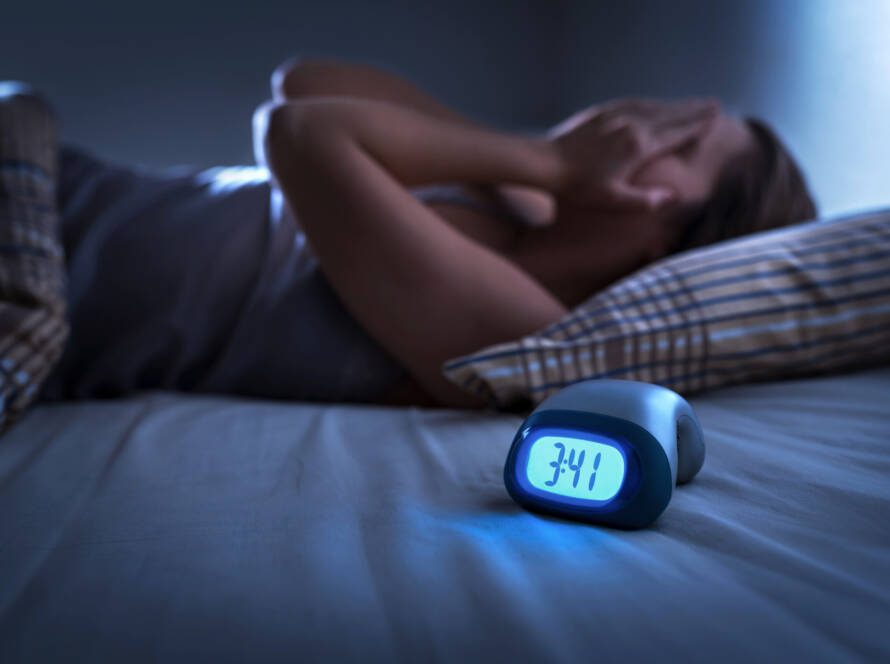Does fear avoidance beliefs affect physiotherapy exercise based program outcomes in chronic low back pain?
Chronic low back pain is an ongoing and costly problem in both the developed and developing world. It is one of the most common causes of musculoskeletal system disability and is associated with high levels of health care usage. Treatment for CLBP is usually conservative and consists of pharmacological agents in conjunction with an exercise based rehabilitation program.
Unfortunately there is little evidence supporting any specific exercise programs as being more effective than others. Since the Quebec Task Forces Report in 1987 many national guidelines have been published throughout the world indicating that supervised exercises are generally recommended for CLBP management – specific exercise guidelines remain unspecified. In considering CLBP, chronicity or progression to disability needs to be considered due to the high cost ratio of a small population.
A recent prospective study carried out by Aloma et al considered the effects that Fear avoidance behaviours may have on the outcome of Physiotherapy intervention -exercise based treatment- in patients with CLBP. Patients were included in the study if the main complaint of CLBP was pain based and pain was of 3 months duration. They were excluded if radicular pain or systemic diseases, pain was coming from other areas, or psychiatric disorders were present.
Pain intensity was measured using numerical rating scale (NRS) and function was measured using Roland Morris Disability Questionnaire. Scores were measured at baseline and post Physiotherapy exercise sessions (10 sessions) completed and 3 months post study. A responder to exercise based treatment was considered if NRS had decreased by 2 points after treatment using exercise.
The participants with a high Fear Avoidance behaviour score had poorer outcomes at both evaluations based on NRS. In addition if participants had pain from other areas the same results were seen. The implications of this prospective study with regards to day to day treatment of CLBP indicate that Fear avoidance could be a barrier to recovery from low back pain and should be routinely tested for. This will provide better treatment strategies that should be incorporated into exercise based Physiotherapy treatment.
Ref : Feitosa Aloma S.A, Lopes J, Bonfa E, Halpern Ari S.R.A prospective study predicting the outcome of chronic low back pain and physical therapy: the role of fear avoidance beliefs and extraspinal pain. Rev Bras reumatol. 2016;56(5):384-390
The comments above are the implicit advice of Workplace Physiotherapy. The views expressed are based on current evidence-based research and accepted best practice approaches. Unless otherwise stated, these comments are not the view of WorkCover NSW/ SIRA or any other professional body. No reproduction or forwarding of this advice is permitted without the consent of the author.



